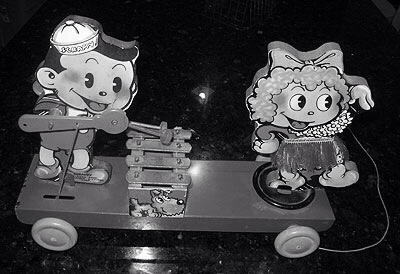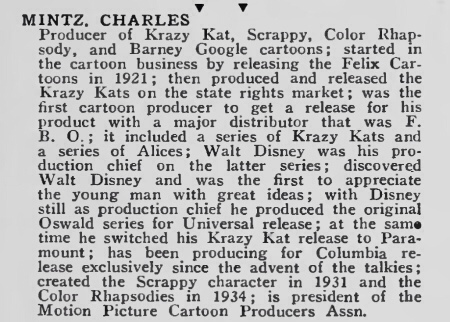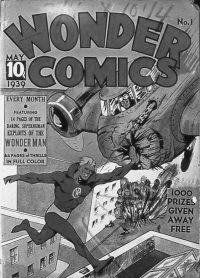 For years now, we’ve known that Will Eisner and Jerry Iger tried to syndicate a newspaper comic strip about Scrappy in 1937. There doesn’t seem to be any evidence that any newspapers in the U.S. ran it, but it made its way to both France and Australia.
For years now, we’ve known that Will Eisner and Jerry Iger tried to syndicate a newspaper comic strip about Scrappy in 1937. There doesn’t seem to be any evidence that any newspapers in the U.S. ran it, but it made its way to both France and Australia.
And now, thanks to Friend of Scrappy Mark Newgarden, we know that the Eisner/Iger Scrappy was published in this country. In fact, it appeared in a rather famous comic book. It’s just that it was stripped of all obvious evidence that it was about Scrappy, and I’m not sure if anyone has noticed the connection until now — at least in the last seventy years or so.
The comic book in question was called Wonder Comics for its first two issues, then became Wonderworld Comics. It was published by Victor Fox, the early comics magnate who commissioned scads of work from Eisner and Iger. It’s rather well known that Fox had Eisner create a superhero called Wonder Man for Wonder Comics #1, cover-dated May 1939 — the first Superman imitation, and so blatant a knockoff that National Periodical Publications successfully sued him off the newsstand after one issue.
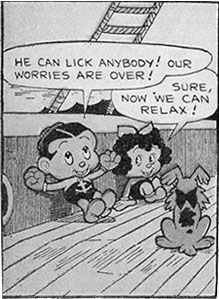 Wonder Man wasn’t Wonder‘s only blatant knockoff. Actually, almost everything in it seemed to be derived from already-popular material. And twenty issues of that comic and its successor, Wonderworld, included a feature called Shorty Shortcake about this little kid who had a girlfriend named Suzy and a dog named Snippy.
Wonder Man wasn’t Wonder‘s only blatant knockoff. Actually, almost everything in it seemed to be derived from already-popular material. And twenty issues of that comic and its successor, Wonderworld, included a feature called Shorty Shortcake about this little kid who had a girlfriend named Suzy and a dog named Snippy.
Shorty looked exactly like Scrappy, except that he had parted hair instead of a cowlick, pupiled eyes instead of pie-slice ones and suspenders instead of Mickey Mouse-style trouser buttons. Suzy looked exactly like Margy, except that she was a brunette rather than a redhead and had pupiled eyes. And Snippy looked exactly like Yippy, period.
We don’t know the precise circumstances of how Scrappy came to be Shorty, but the gist of the situation is obvious: Eisner and Iger wanted to reuse Scrappy comics they’d produced, and wouldn’t or couldn’t secure the rights to publish them as such. So they renamed the characters and retouched the strips. Rather sloppily so — here’s a panel from the first “Shorty” story (left) in which Suzy calls him Scrappy. (The original version is on the right, borrowed from Ken Quattro’s excellent Comics Detective site.)
I suppose that it’s just barely conceivable that Columbia knew about Shorty and was O.K. with him. But if Eisner/Iger and/or Fox reused this material without the studio’s permission, it would have been a risky gambit. At the very least, you’d think that there must have been late 1930s kids who watched Scrappy cartoons and read Shorty comics and wondered what the deal was.
Then again, Scrappy’s film career was already winding down: Only a handful of Scrappy cartoons were released after Shorty Shortcake’s debut, and some of them barely qualified as Scrappy cartoons. The little guy was already damaged goods.
More damning evidence that Shorty Shortcake is Scrappy, in case anyone needs it: The top level is from a Scrappy story published in France, and the bottom one is from a Shorty story. Note the extensive modifications to the art, such as the different cap on the left-hand thug in the first panel. Of course, both of these versions have been modified from the original English-language Scrappy version, so I’m not sure what was changed when.
All Shorty Shortcake stories were signed by “Jerry Williams” — a name which was, like most or all of the bylines in Wonder and Wonderworld, a pseudonym. Who for? Well, the comic-book reference works which have noticed that the feature existed at all credit it to Jerry Iger himself and to longtime Eisner associate Klaus Nordling. But you only have to skim the stories — which you can do for free at the wonderful Comic Book Plus site — to see that far more than two different cartoonists worked on the feature at various times.
More on the artists behind Shorty Shortcake, and lots more, in future posts. For now, courtesy of Comic Book Plus, here’s the first Shorty Shortcake story, from a microfiche copy of Wonder Comics #1. You can click on the first page and then step through larger images if you like.
As you’ll see, the plot involves Scrap–er, Shorty getting involved with smugglers in Mexico. As un-Mintzlike as that sounds, future Shorty Shortcake stories only veered further and further from their inspiration, as we’ll discuss soon.












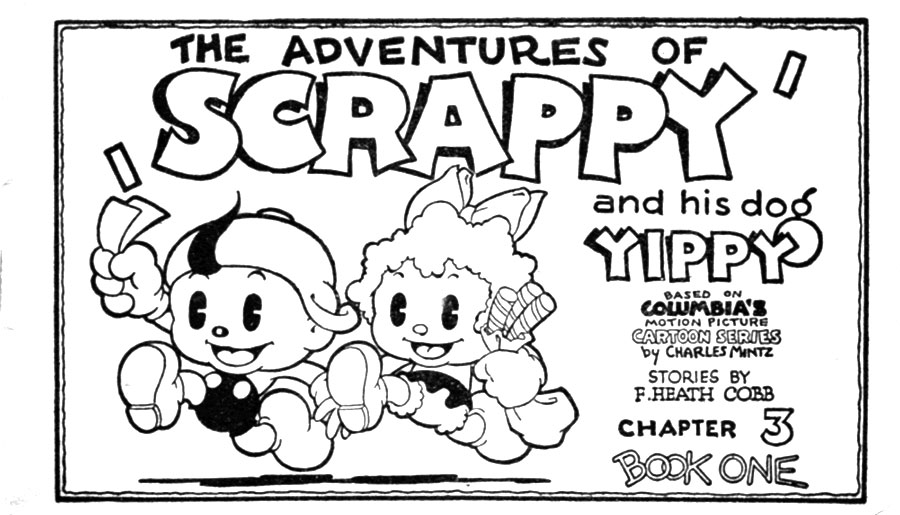
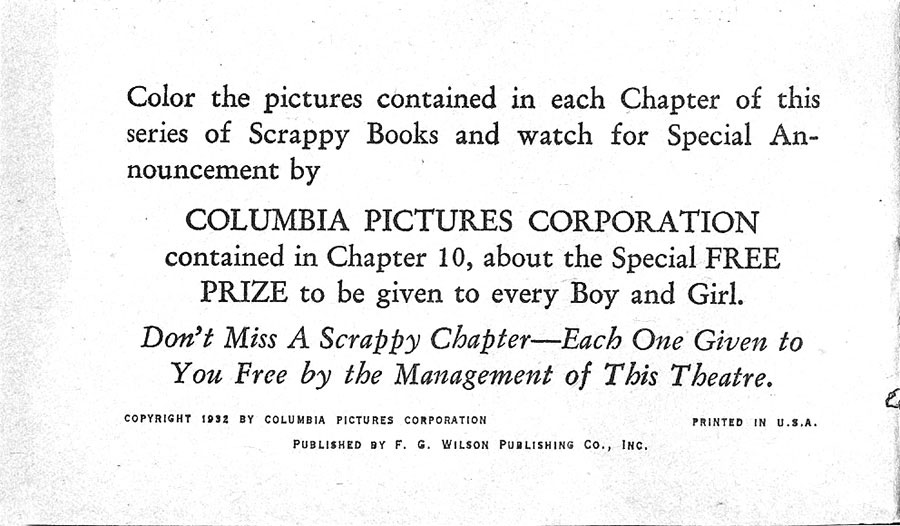
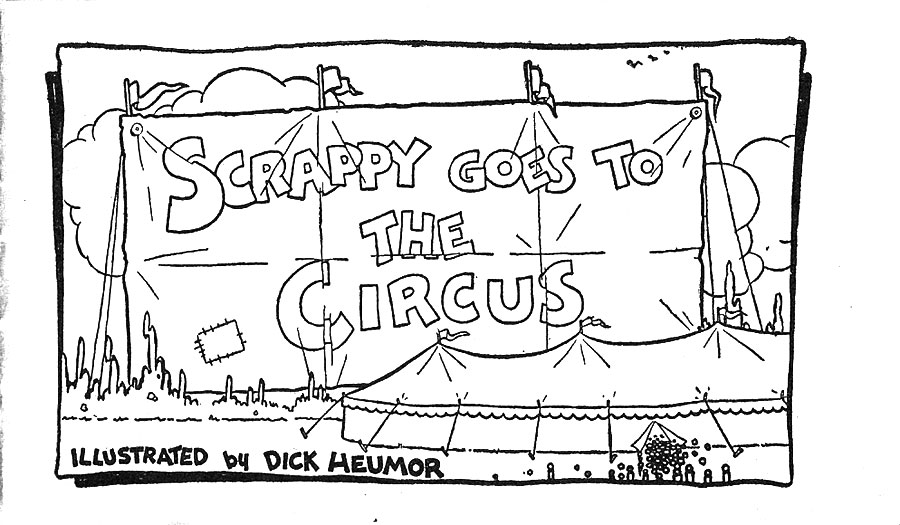
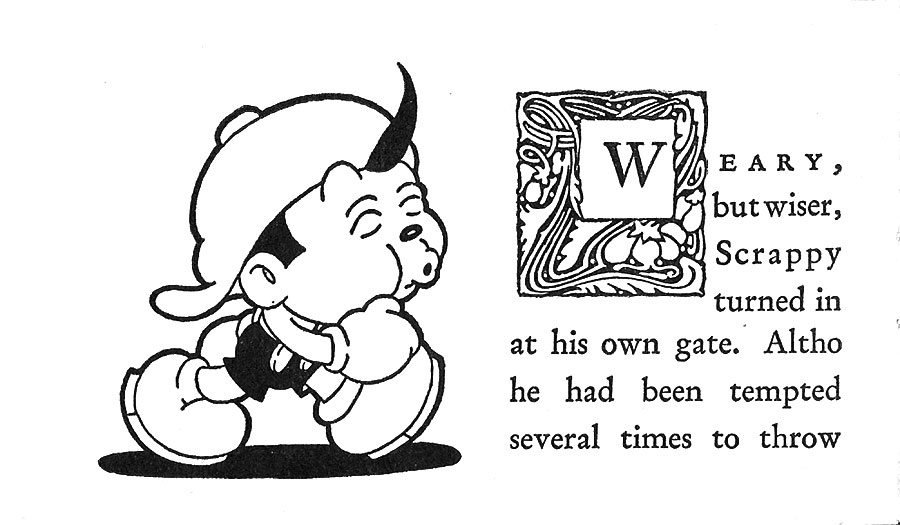


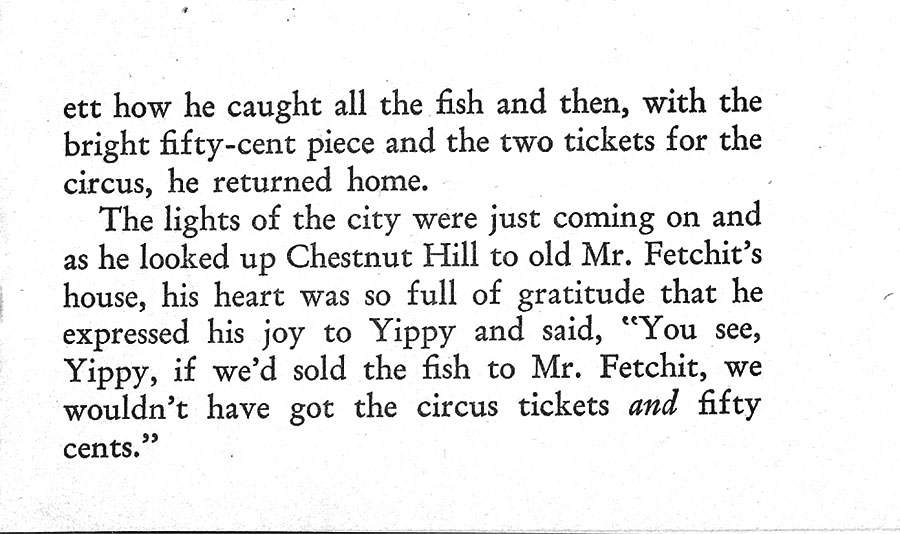
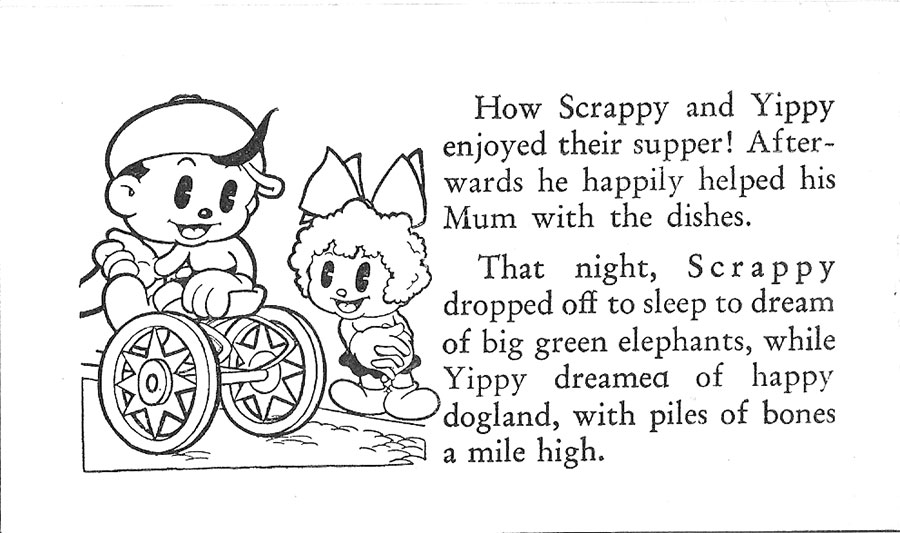
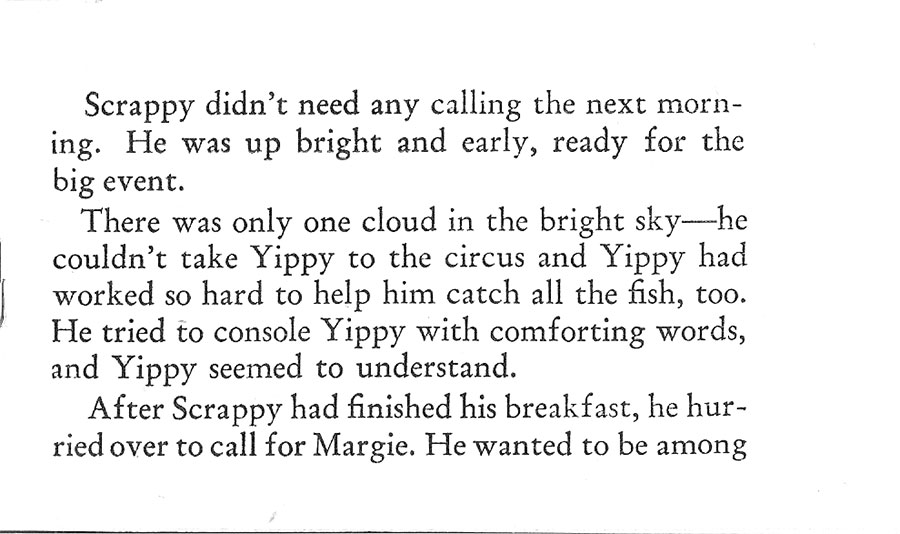
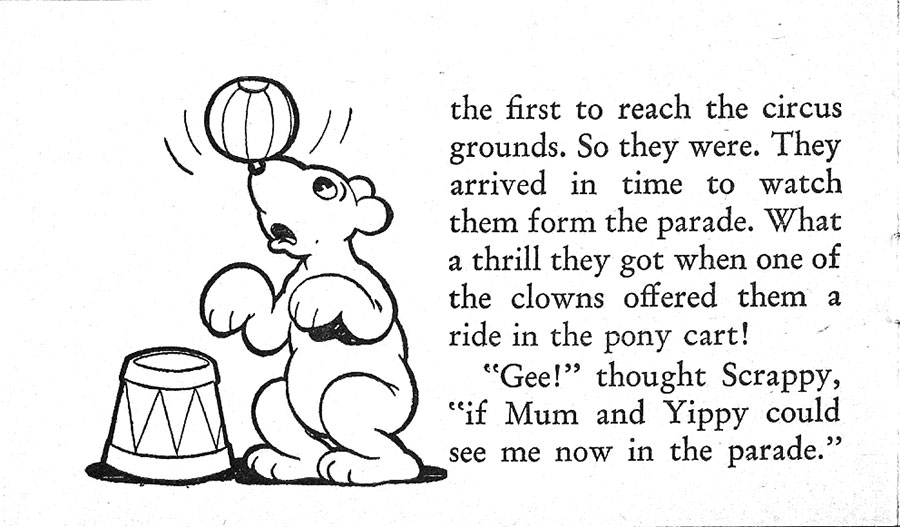
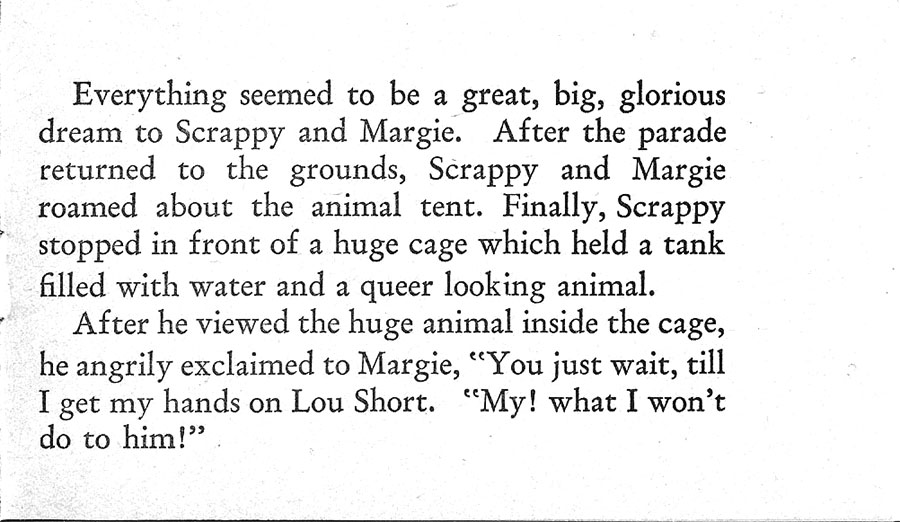



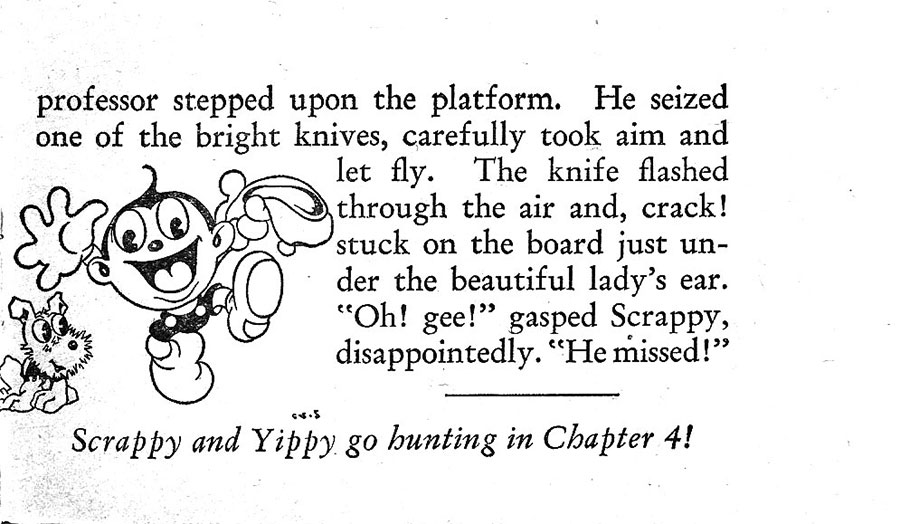
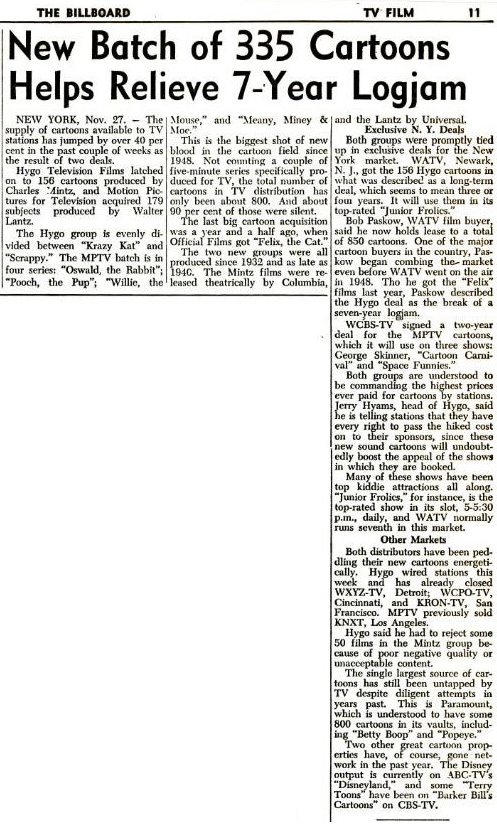


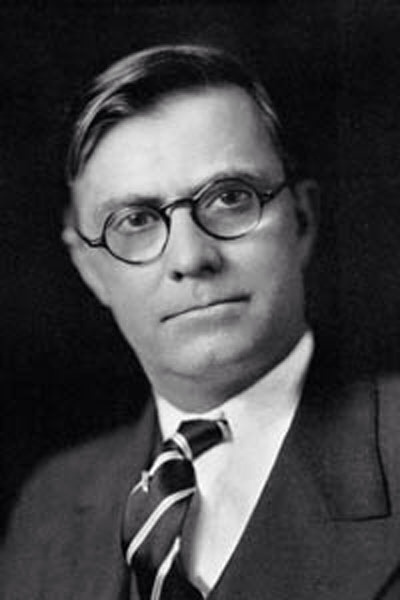
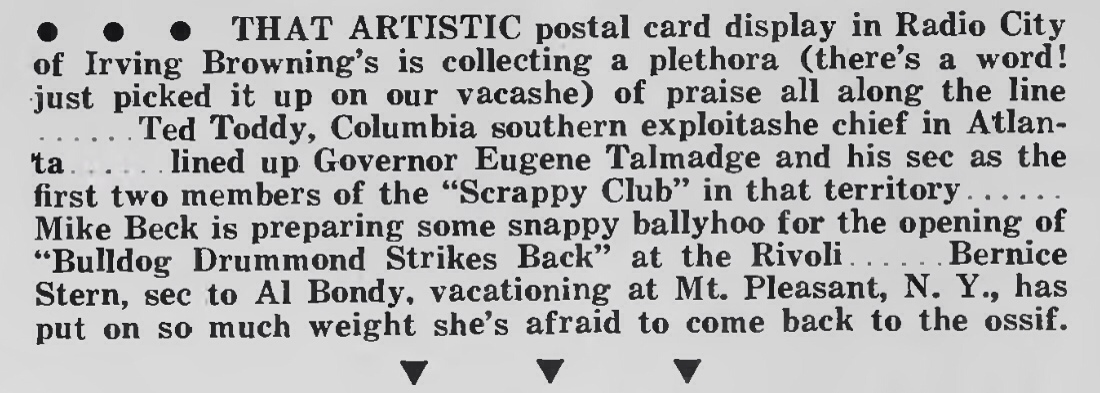
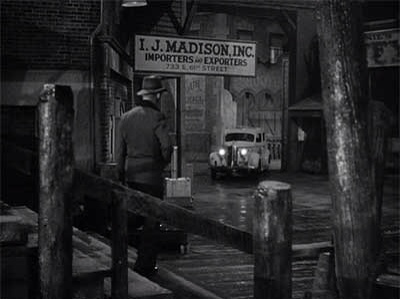

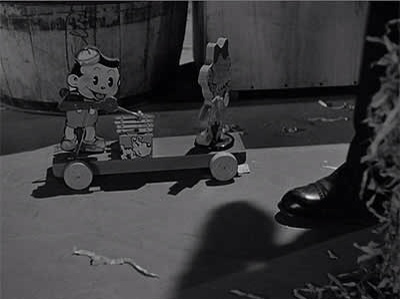

 A nonplussed Bogie tells Demarest to can the noisy tomfoolery…
A nonplussed Bogie tells Demarest to can the noisy tomfoolery…
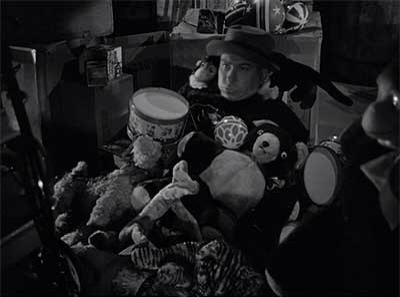 What to make of this? If this had been a 1930s Columbia flick, I’d accuse Harry Cohn of product placement. (I don’t know of any Scrappy appearances in live-action Columbia pictures, but the studio sure tried every other avenue to promote the guy.) But All Through the Night was a Warner film, made the year after the Scrappy series ended. So maybe the use of the Scrappy toy was random rather than an intentional promotional effort.
What to make of this? If this had been a 1930s Columbia flick, I’d accuse Harry Cohn of product placement. (I don’t know of any Scrappy appearances in live-action Columbia pictures, but the studio sure tried every other avenue to promote the guy.) But All Through the Night was a Warner film, made the year after the Scrappy series ended. So maybe the use of the Scrappy toy was random rather than an intentional promotional effort.